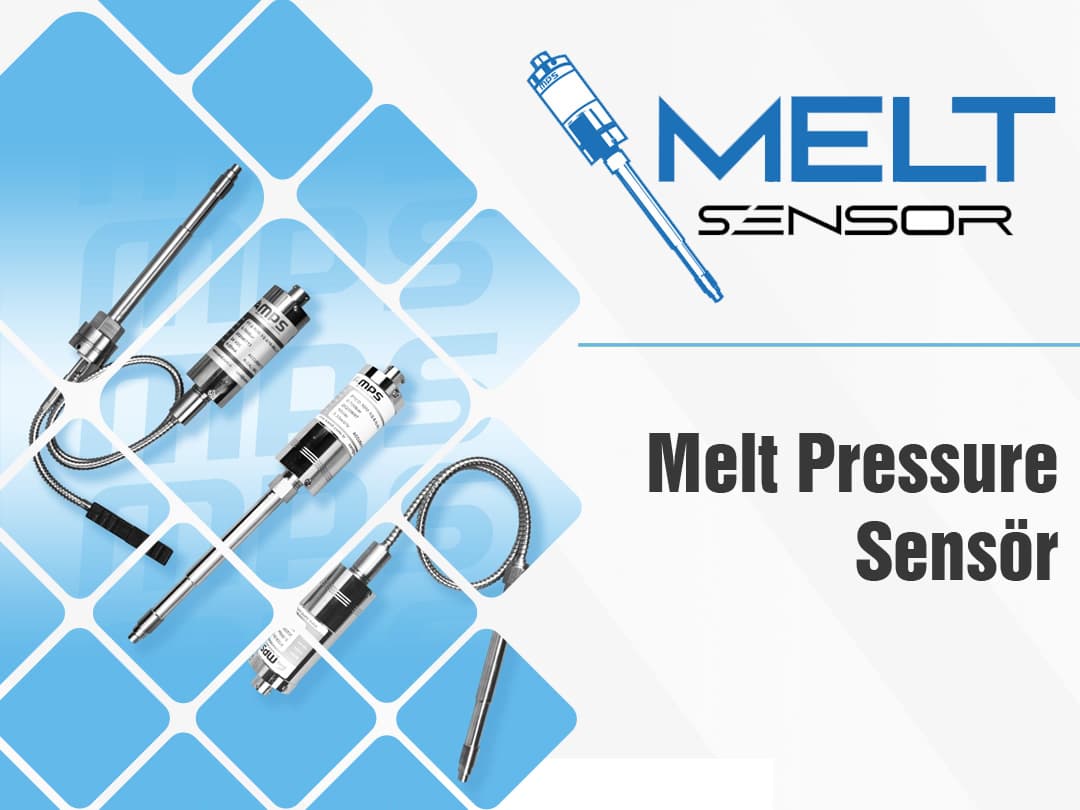
28
10 2024
Melt Pressure Sensor
A melt pressure sensor is a special sensor used to measure the pressure of molten materials (such as plastics or polymers) at high temperatures. These sensors play an important role, especially in plastic injection, extrusion and molding processes. Accurately measuring the pressure of the material is necessary to control the production process, improve product quality and take safety precautions.
Melt Pressure Sensor Features and Working Principle
-
High Temperature Resistance: Melt pressure sensors are designed to operate at temperatures of 400°C or higher.
-
Piezoelectric or Strain Gauge Technology: Piezoelectric crystals or the principle of resistance change called strain gauge are generally used to sense pressure. The pressure of the material is transmitted to the element inside the sensor and converted into an electrical signal and measured.
-
Molten Medium Contact: The tip of the sensor comes into direct contact with the molten material, so it is important that it offers high durability and sensitivity.
Melt Pressure Sensor Usage Areas
-
Plastic Injection Molding: Used to provide pressure control in the flow of molten plastic into the mold.
-
Extrusion: In the production of plastic pipes, profiles or films, pressure sensors are critical to ensure that the material has the desired density and quality.
-
Polymer Processing: Used especially in the chemical and polymer industries to increase process efficiency by preserving material properties.
Advantages
-
Precise Pressure Control: Can quickly detect any abnormalities in the production process.
-
Improving Quality: Process optimization is achieved by monitoring pressure data, which increases product quality.
-
Energy and Material Savings: Having the production process under control prevents excess energy and material use.